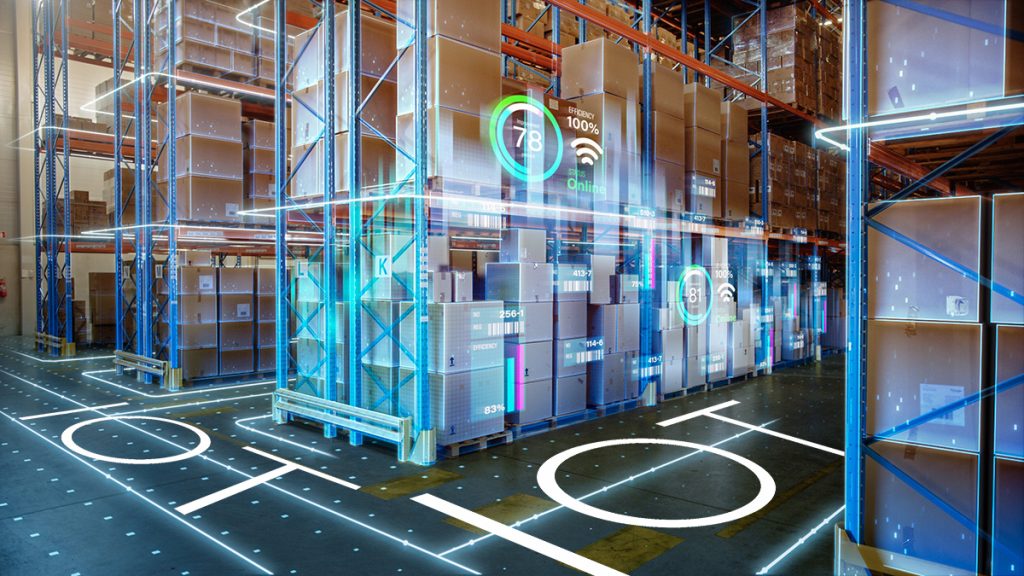
The history of the Internet of Things (IoT) in retail begins in 1999 with Kevin Ashton, a computer scientist at Procter & Gamble. Ashton proposed putting radio-frequency identification (RFID) chips on products to track them through the supply chain. But this article isn’t about history. No. This article is about how the consumer AND the retailer benefit from smart retailing. According to a research report, the IoT-enabled retail sector will be valued at $94 billion by 2025 due to its growing popularity among all stakeholders.
To Better Serve You
The use of physical devices and AI is one of the biggest benefits of digital transformation. Retailers can personalize their interactions with customers by implementing smart retailing. Real-time communication between retailers and customers is made possible by these technologies, which can be very advantageous in the retail sector where decisions are frequently made in a matter of minutes. Even without a website, they can provide personalized experiences and push notifications about new products.
By offering insights into consumer data and enabling its use for big data management procedures, IoT benefits traditional brick-and-mortar retailers as well. To help retailers better predict customer behavior, IoT for retailers, for instance, may combine data from video security cameras, mobile devices, and social media websites.
Let Me Check the Back
Lack of accurate inventory tracking can lead to stock-outs and overstock, which cost retailers billions of dollars annually. IoT can solve inventory tracking issues by automating inventory visibility through the use of store shelf sensors, RFID tags, beacons, video surveillance, and digital price tags. Through this, retailers can enhance procurement planning. In addition, based on IoT data analytics, the system recommends placing the necessary number of reorders when product inventory is low.
On the other hand, smart retailing allows the clerks at the store to efficiently serve the customer. Let’s say a customer is asking about an item’s availability in a different color. Instead of the clerk going into the storage room and looking through what usually is unorganized inventory, they can check their system to determine its availability and its estimated restock date. The business would then be offering transparency and quick service to its customers. A win-win for everyone.
Smart Cashier
I hate check-out lines. It’s time-consuming, exhausting, and generally not a fun time for anyone involved. Many will leave the store empty-handed without actually purchasing any items if the wait is too long. As a result, some retailers will employ IoT devices to automate point-of-sale (PoS) systems to prevent customers from leaving without making a transaction, providing them with a seamless checkout experience. When a consumer exits the store, an automated PoS can read the tags on each product and charge them using a mobile payment app.
Final Thoughts
Smart retailing benefits all parties involved. It helps businesses retain their customers by providing exceptional shopping experiences. And it allows consumers to go about their day with the least amount of human contact possible. One thing that a lot of people agreed on following the COVID-19 pandemic is how peaceful it was to run errands without having to come in contact with other human beings. In and out without idle chit-chat. Maybe that’s just me. But I bet there are a whole lot of people out there who feel the same.
Inside Telecom provides you with an extensive list of content covering all aspects of the tech industry. Keep an eye on our Intelligent Tech sections to stay informed and up-to-date with our daily articles.